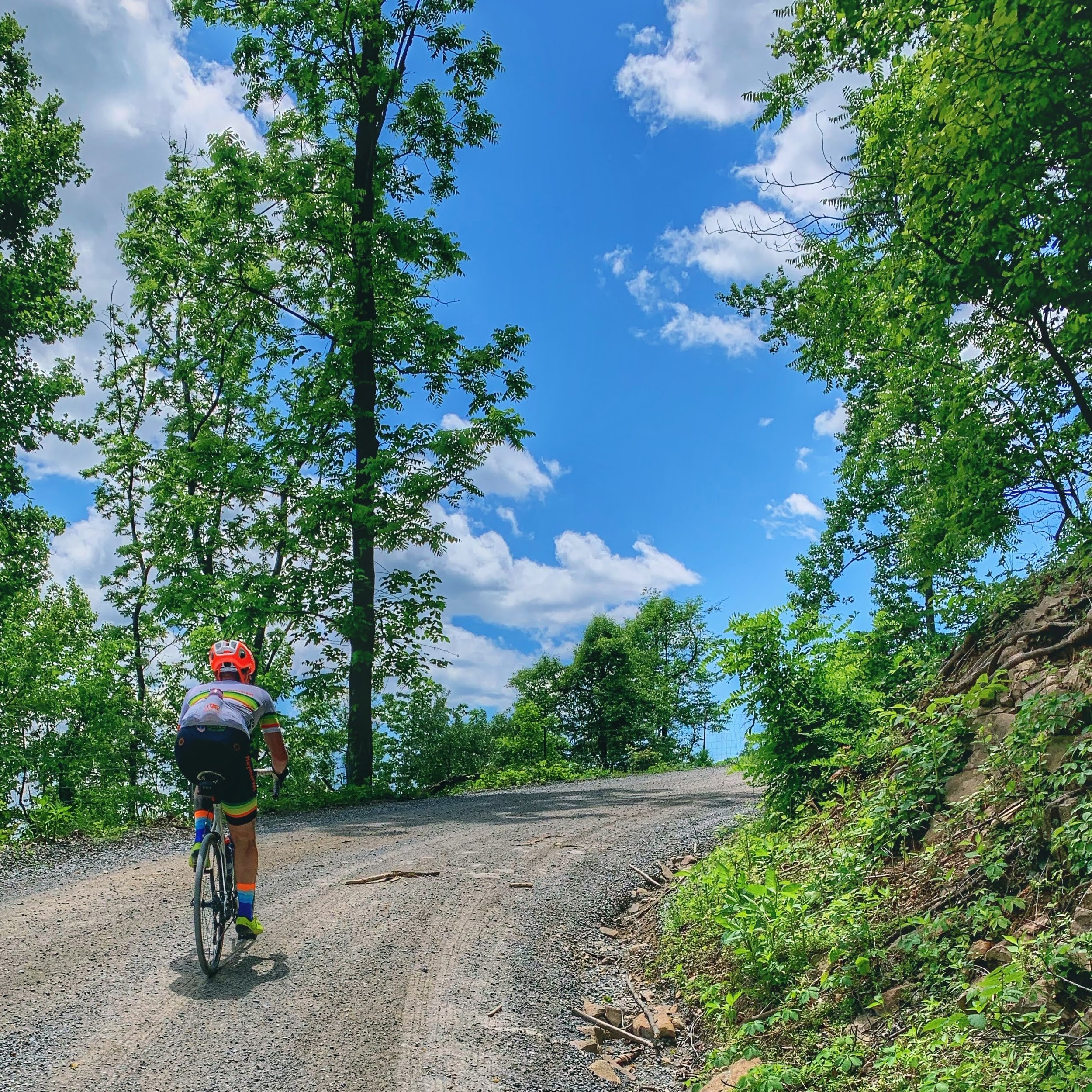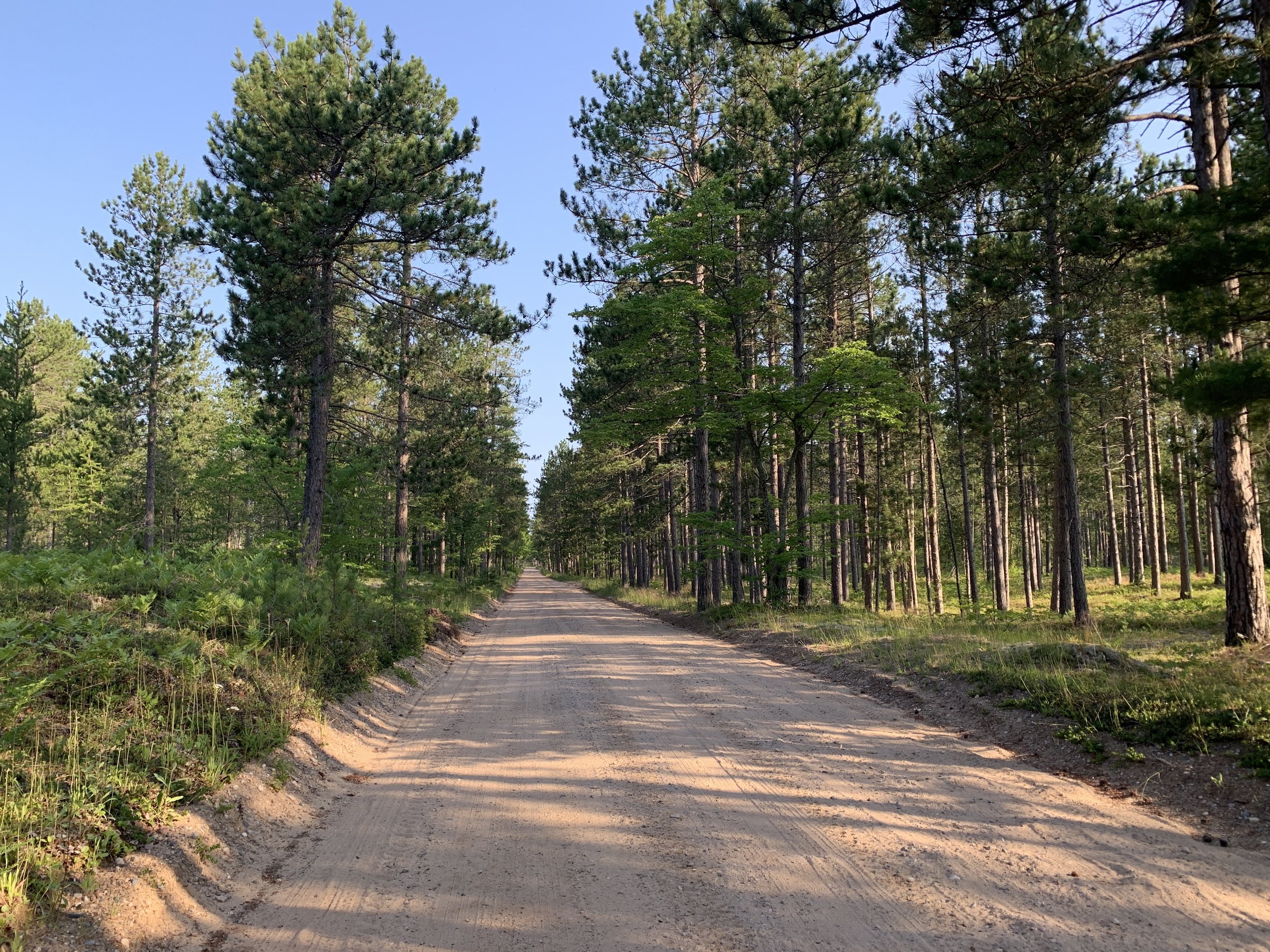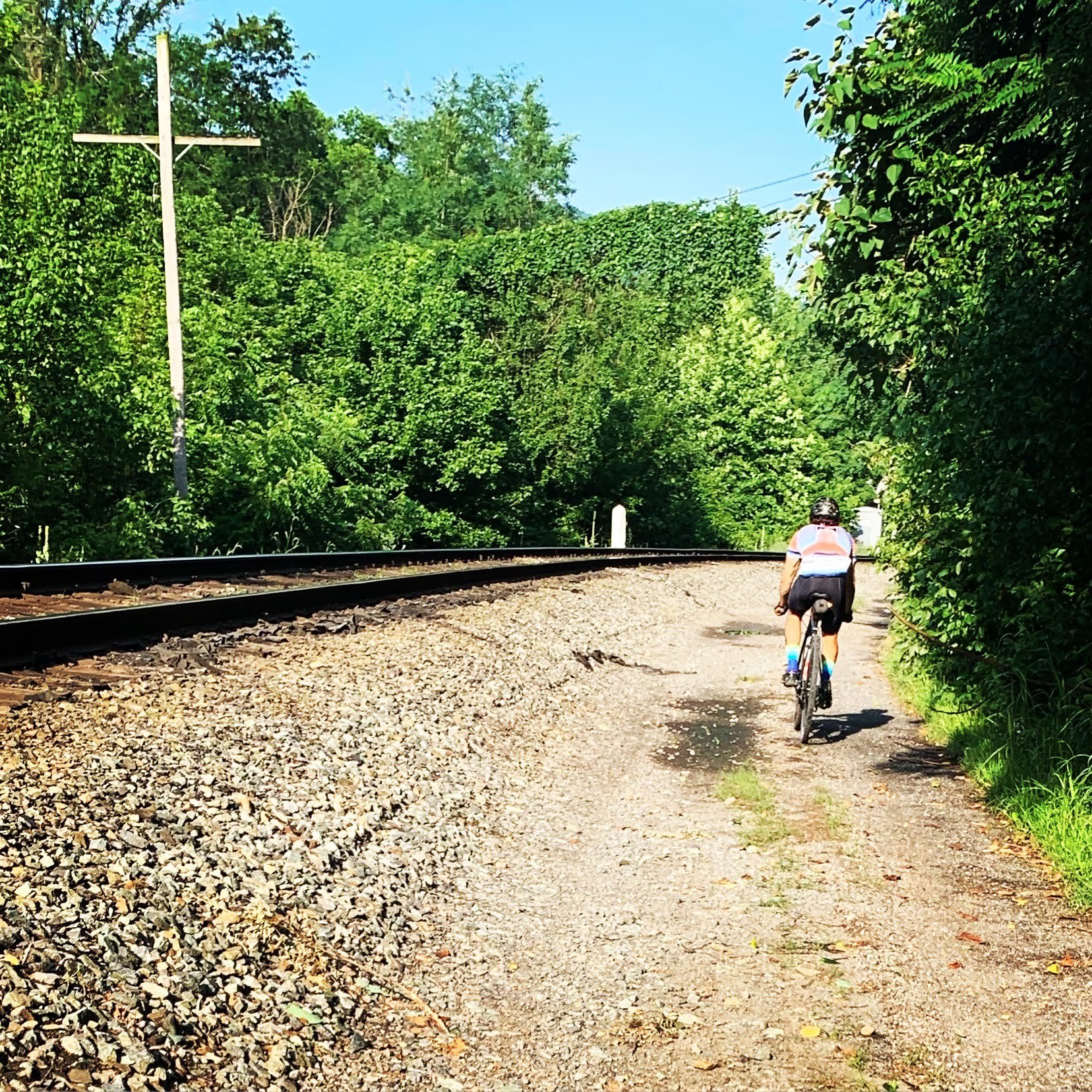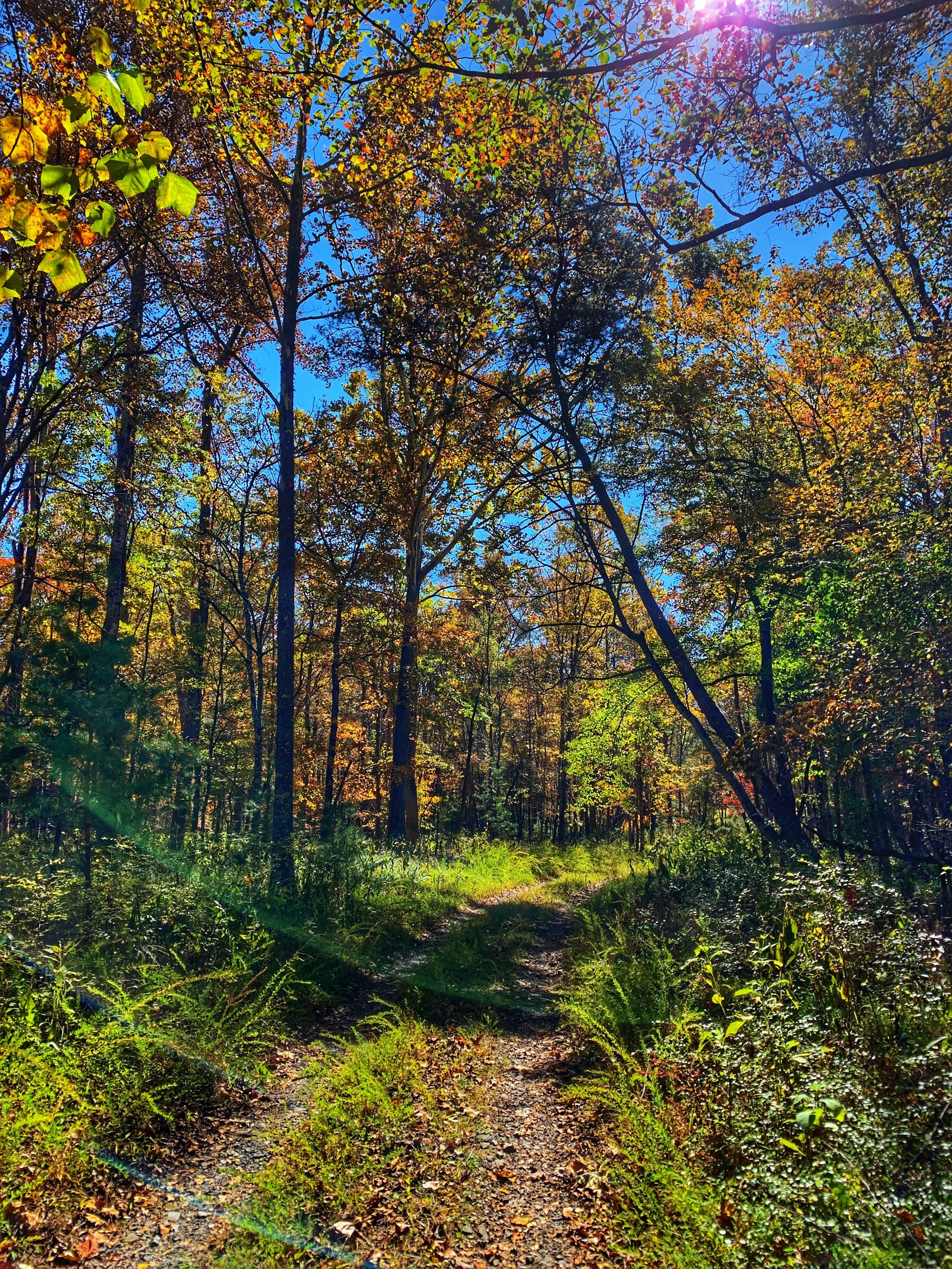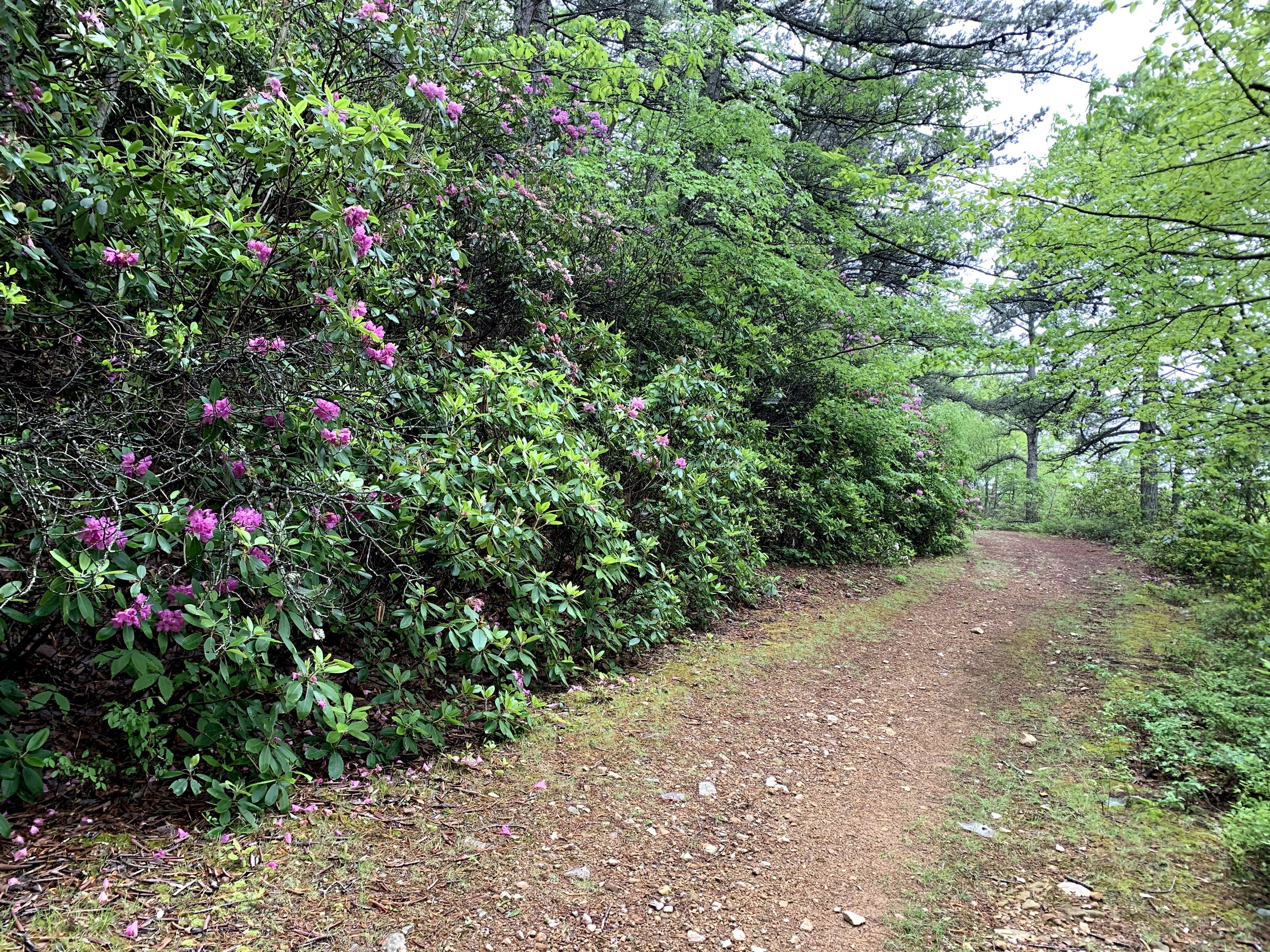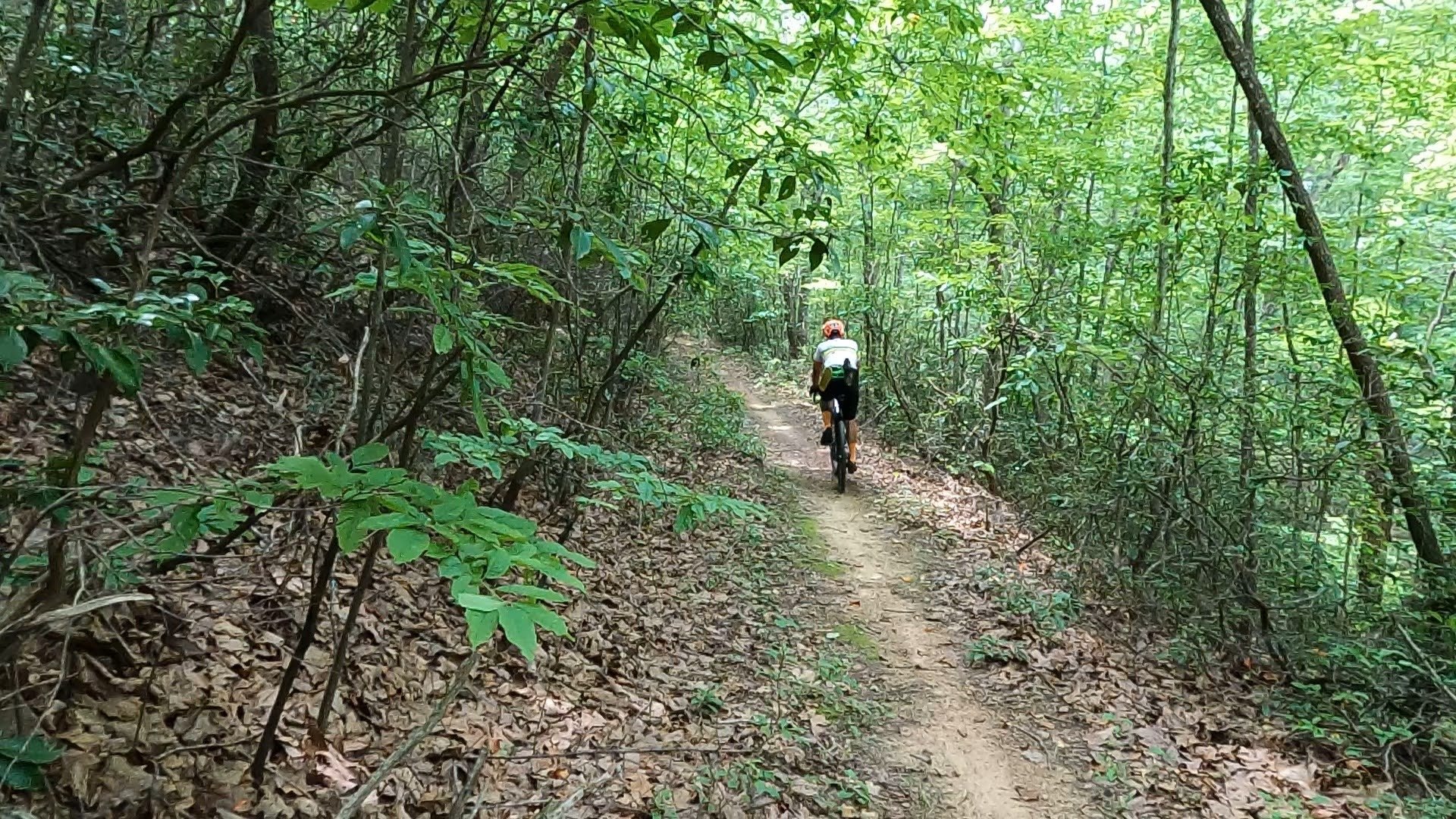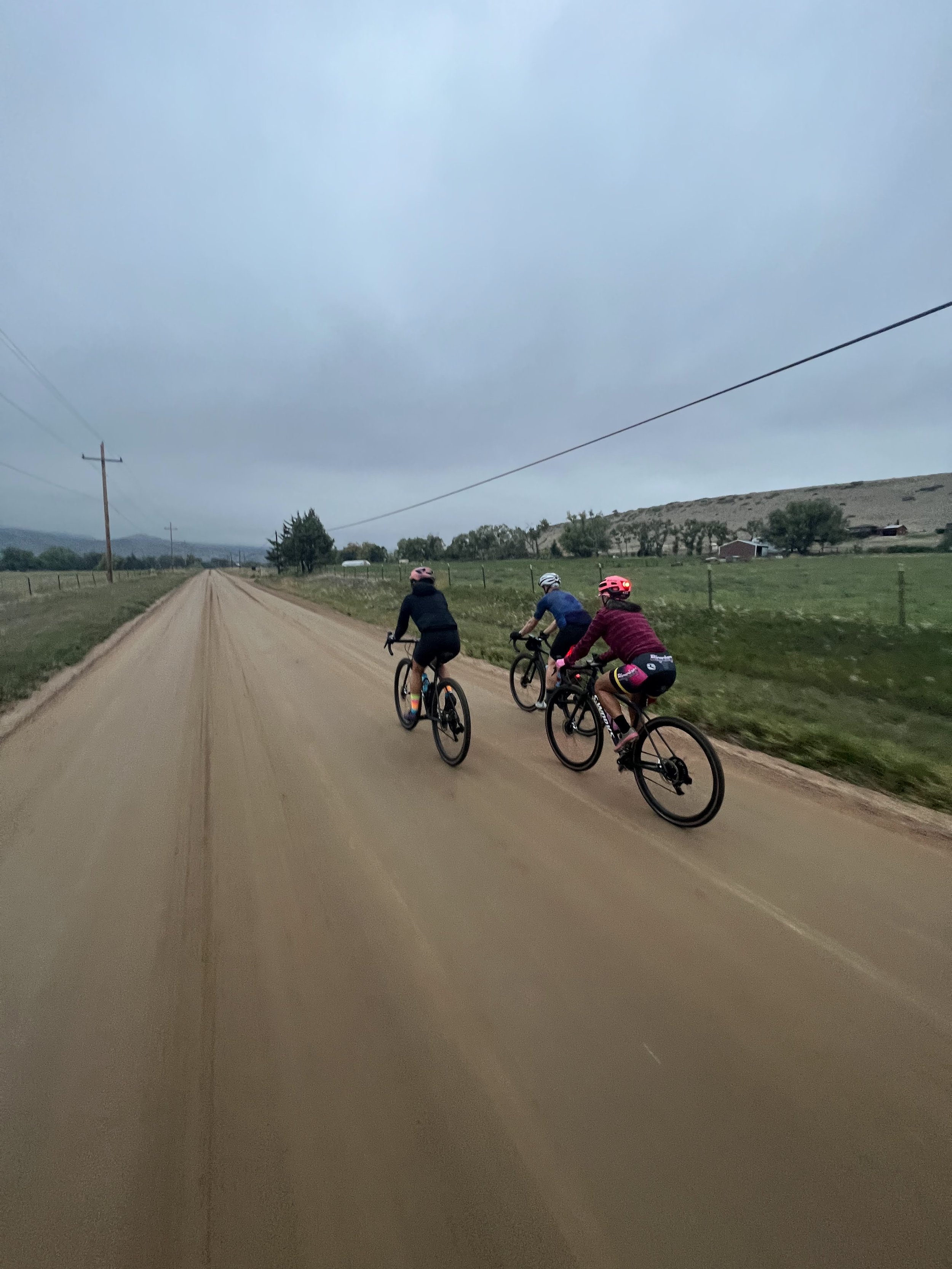Training for a 100-Mile Gravel Race and Making Your Training Plan
Forest roads, remote spots, mountain tops, and scenic views—gravel racing can be both an adventure and an accomplishment. Training for a 100 or more mile gravel race can be both daunting and exciting, and anyone can do it—as long as you are willing to put in the effort. While that may be a significant effort, you can still get there even if you have limited time to train.
If you are looking for a ready-to-go training plan to tell you what to do, I have plans designed to prepare you to complete a gravel race of your choice distance. If you are looking to learn more about the nature of gravel racing or how to plan your own training, read on to the next section. Being successful in ultra-endurance racing is more than simply following a plan. The following sections will cover key elements to help get to to the finish line.
Gravel Training Plans
Prepare for the Demands of Gravel Racing
Gravel is not the same everywhere in the country. Some gravel can be nearly as smooth as pavement, while other gravel is basically a road-sized mountain bike trail, and some is not even gravel but actually single track. Conditions and weather can vary greatly over the course of 100+ miles—you may need to be prepared for mud, sand, rocks, leaves, roots, creeks, rivers, puddles, and wildlife. The condition of the roads and trails you will be riding combined with the elevation can make for a large variety in expected finish times for different events. Needless to say, 100 miles of rough terrain in the mountains will be considerably slower than 100 flat and smooth miles. It will also influence your equipment choices.
100 mile off-road races differ from their on-road counterparts in that it is more effort to cover the distance, there is less opportunity to coast, off-road climbs are often steeper than the paved variety, the riding is more technical, and the conditions can be more varied. You may also find yourself riding in groups, where you may have to react and accelerate to stay with the paceline. Whether you are racing for podium or just aiming to finish, you are not going to be spending the day at a zone 2 endurance pace.
Your training should prepare you for a hard start at the beginning, time spent riding at tempo, efforts above your threshold, and a long day in the saddle. Also, don’t expect time to relax on descents and be prepared for the possible hike a bike or river crossing.
Does this still sound like a good idea? Definitely!
How Much Do You Need to Ride?
There is not a one-size-fits-all answer to this other than as much as you can. But if as much as you can is only 30 minutes twice a week and a longer ride on the weekends, then that is how much you should be riding.
Consistency is more important that hitting a certain number of hours. Whether you are following a plan or creating your own, your ability to be consistent week to week is going to be a huge factor in your success. So you want to be realistic with what you can fit in during any week. Of course, things like work travel, family obligations, vacations, or injury may come up where you can’t ride for a given time. That is normal, but getting back into the groove and not letting life derail you from your goals is an important factor to success. Even if you miss a week or two weeks or more, just get back to it. You may need to readjust your training to account for time off, or readjust your race expectations, but that is better than stopping entirely.
How Long Should Your Longest Rides Be?
The biggest benefit of really long rides is the experience of doing those rides and learning how to fuel properly. Long rides can give you the confidence to know you can cover a certain distance and how to push through discomfort when things go poorly.
I recommend riding at least 60 to 75% of your expected finish time, but not more than 6 hours for your longest rides. 6 hours is enough time to make sure your nutrition plan is solid, and rides longer than this can make you too tired for the following week of training. Some cyclists really need the confidence that very long rides provide. And of course, long rides with friends can make training more enjoyable and memorable. Just be sure that these long endurance rides do not make you too tired for your other workouts week after week.
Physiologically, you can get similar training benefits from shorter rides with harder efforts. For example, training at Sweet Spot and Tempo Levels creates adaptations in muscular endurance, aerobic fitness, and glycogen storage that is needed for long rides, but Sweet Spot and Tempo efforts result in a stronger training effect than than riding at an easier endurance pace. So if you don’t have time for lot of 4+ hour rides, you can get by with making your “long” rides shorter if you add some structured interval work across the ride.
Create or Find a Training Plan to Meet the Demands of Gravel Racing
You can gain fitness more quickly by structuring your training around different cycling training zones. Targeting specific training zones can help you build training adaptations more quickly than compared to just riding at an easy endurance pace.
More frequent rides throughout the week are better than one long ride.
Include time at Tempo and Sweet Spot each week to achieve more training adaptations than riding at an easy pace.
Include some very high intensity efforts. These rides should be done when you are fresh and not tired from previous workouts, and when you have time to recover before your next workout.
Your interval workouts should be planned and balanced across all training zones to help you prepare for your expected terrain and demands of the event. Initially you should focus on raising your Functional Threshold Power (FTP), as that will ultimately be the biggest determination of success in a long event. As your training progresses and possible improvements in FTP become smaller, you will also want to work on improving how much time you can spend at your FTP, riding above your FTP, and repeatability of hard efforts.
Long rides and training volume get a lot of the attention when training for long events, but your higher intensity work is the work that is actually going to make you faster. Going out for lots of long slow rides will make you really good at riding slow for a long time. And most people do not have the number of hours per week that this style of training requires to be effective, so if your training time is limited and you want to get faster, you need to prioritize harder efforts. These harder efforts should be planned to target the appropriate zones and balanced with adequate recovery and your current fitness.
100k Gravel Plan (Power-Based)
Uses power to define efforts (requires a power meter)
Suitable for beginners or experienced riders new to structured training
100k Gravel Plan (RPE-Based)
Uses ratings of perceived exertion to define effort
Suitable for beginners or experienced riders new to structured training
100 Mile Gravel Plan (Power-Based)
Uses power to define efforts (requires a power meter)
Suitable for intermediate to advanced riders or fit beginners who want more structured workouts
The workouts in the above plans progress in intensity and duration throughout the plan to prepare you for race day, and include instruction to tailor the plans to meet your needs. The plans are designed to make the most of your time spent riding through structured weekday workouts and a longer weekend endurance ride. Each plan has about five workouts per week. Three days are key workouts–two structured interval workouts that can be completed in an hour and one long ride. The other two days are easy ride days that can be substituted with cross training (such as running) and/or skills work. The plan includes strength training and optional yoga videos. These are designed to support your stability and mobility on the bike to increase comfort when riding and reduce injury. The plan also includes guidance on developing your own nutrition plan for race day. The plan includes personal support for live questions and ask me about customizing this plan for you.
Plan Your Nutrition
Poor nutrition probably ruins more race day dreams than poor training. This is a completely unscientific conclusion I have come to over nearly 20 years of endurance racing.
If you are properly fueled, you can likely keep turning the pedals and finish even if your training has been slim. However, a super fit rider can easily lose time by not consuming enough carbohydrate for optimal performance. At an absolute minimum, plan to consume 40 to 60g carbohydrates per hour during your long training rides and your event. Ideally, you should work towards 60 to 90g, or even more. This requires practice and training. Use every workout and long ride to plan what to eat and drink before, during, and after your training for your best performance.
Should You Train On-Road or Off-Road?
There is certainly skill involved in gravel riding when it comes to cornering and descending, but you don’t need to do every training riding on gravel if you do not have easy access to off-road terrain. For workouts, use whatever terrain makes it easiest for you to hold a steady effort at a certain zone to complete your workout.
At a minimum, plan some long rides on gravel to understand the demands of that terrain. Do some research to understand the conditions you can expect at your event, and try to ride in similar conditions so you can figure out an appropriate equipment set up to include tire size, air pressure, and if you want to include tire inserts.
And feel free to mix it up! Go mountain biking and road riding too if that is your thing.
Consider Your Why
This is probably the absolute most important part of training for any ultra-endurance event. You need to know why you want to do this. Not because your friends are doing it, but why you really care about this. What does it say about you? What is the feeling it will create for you?
This “why” the thing that will keep you moving forward when your body is loudly saying no, or when the rain is pouring down, or the mud is thick, or after you have changed your third flat of the day.
Things like finish times and podium spots will not cut it on their own as motivation. When something goes wrong, and your finish time goal or podium spot are no longer on the table, you need something else to keep you going to the finish. External motivators can be effective, but internal motivation is ultimately the most powerful.


